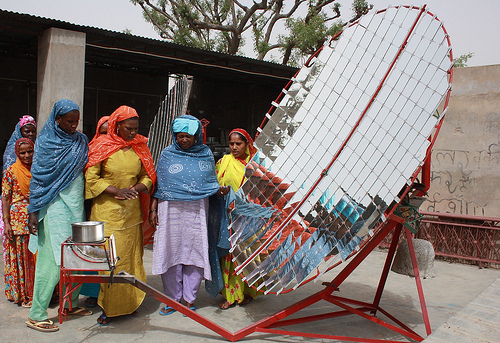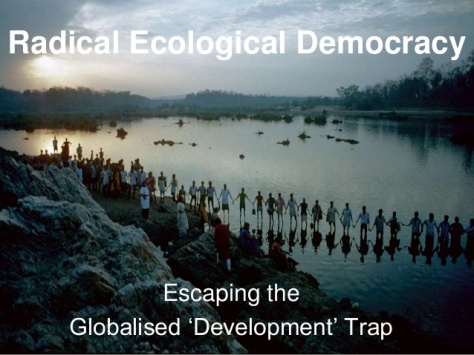Date : 25th May ’30
Place : Maynaguri ,Rangpur Province, Pahad
It’s been a hard day at the field. We have begun harvesting our crops for the season. This year we decided to begin from the east field. I thought it would be convenient later because the east field lies on the way to the new Sarbonin Gola or community granary. In Pahad we don’t have cities and villages, anything and everything that symbolizes power were abolished during the 20’s revolution. Everything now is community-based, from growing crops to eating. Decisions in Pahad are made by the people living place whom the decision, in fact, most decision community-based. We have no system of governance in Pahad. Pahad is a region and not a nation state, people here are free from any concept of the border but at the same time are locally based.
It lies in the South East Asia, comprising of the Gangetic delta and the Himalayan mountain ranges. It is bordered by India and Nepal in the west and Myanmar in the east. In the south, the Gangetic Delta merges into the Bay of Bengal and in the north lies Tibetan Plateau. Pahad became separate in 2021 during the Indo-China war where it became evident that Delhi was barely interested in the well-being of the people in Pahad. For Delhi, Pahad meant two things, first money raised from the agricultural produce such as tea and rice and second was the geography of Pahad which acts as a shield from the Chinese forces that had already invaded Tibet. The way Delhi managed to maintain this power was the political gundas and landlords. The indifference of Delhi during the Indo-China war made people in Pahad realize the grave injustice being done to them by a bunch of powerful people in distant land commanding rule over a place and people whose language they don’t understand, culture they don’t appreciate. All these pent-up feelings lead to the 20’s revolution. At the beginning, everyone wanted a new country separate from India but then people realized that the problem was with the fact that the power is given to a few select people. And if we are free individuals with the capacity to think and reason then why do we need a governance system at all. With no governance system means no power. The ideology that Pahad is based on.
Today is a very significant day in the history of Pahad, 63 years ago in 1967 in Pre-Pahad India, there was a revolution here. The peasants of Naxalbari Darjeeling district in Pre-Pahad India rose up in revolt against the landowners. People like Charu Majumdar, Kanu Sanyal and Jangal Santhal lead this revolution they seized land from the jotedars (landlords), grains from their godowns and distributed it among the peasants. They were known as the naxals and that’s where name naxalbari comes from. In fact, the Pahad functions today is largely influenced by these people.


 Throughout the course, we dealt with problems we are currently facing due to the ecological, political and economic framework. Now, it’s time to look for alternatives One such alternative solution, that we study in depth, is the radical ecological democracy or RED. It is a socio-cultural, political and economic arrangement in which all people and communities have the right and full opportunity to participate in decision-making, based on the twin fulcrums of ecological sustainability and human equity. In my opinion, Ashish Kothari’s idea of the RED Utopian future is too far-fetched and I personally do not see that happening anytime soon. But still, let’s discuss RED in some detail.
Throughout the course, we dealt with problems we are currently facing due to the ecological, political and economic framework. Now, it’s time to look for alternatives One such alternative solution, that we study in depth, is the radical ecological democracy or RED. It is a socio-cultural, political and economic arrangement in which all people and communities have the right and full opportunity to participate in decision-making, based on the twin fulcrums of ecological sustainability and human equity. In my opinion, Ashish Kothari’s idea of the RED Utopian future is too far-fetched and I personally do not see that happening anytime soon. But still, let’s discuss RED in some detail.